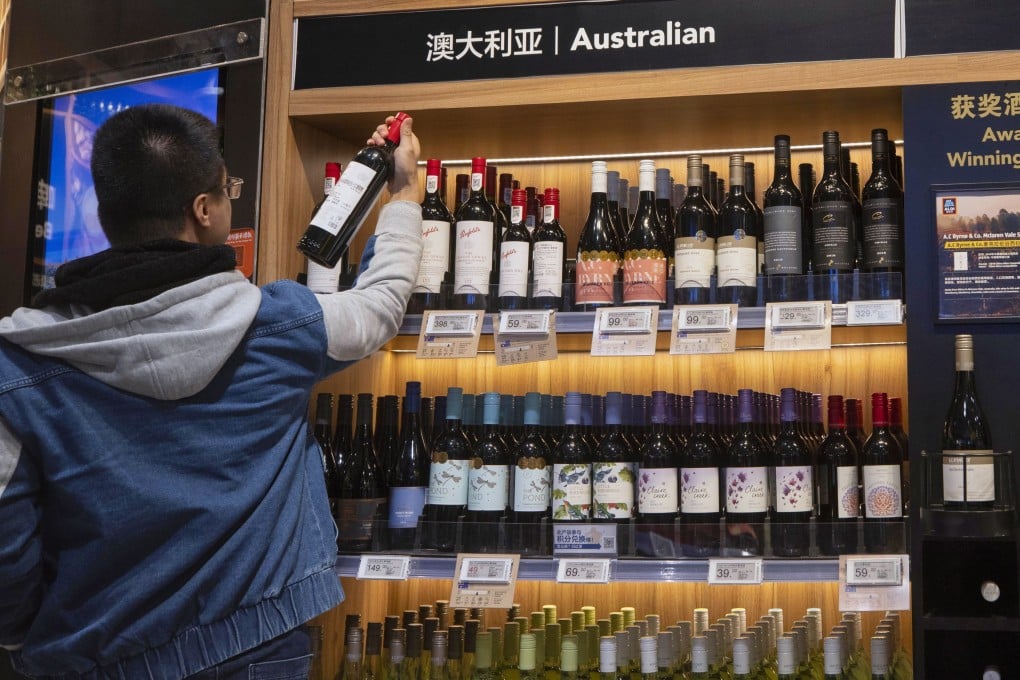The View | Australia’s trade ties with China show there’s no need to throw the baby out with the bath water
- Chinese sanctions on Australian goods remain in place, and the new government in Canberra is sticking to the same policy position as its predecessor – yet bilateral trade remains strong
- Despite the China threat being hyped up politically, Australian businesses are leaning into engagement rather than decoupling

For those wanting to instil a view that economic exposure to China is dangerous, the Australian experience has become Exhibit A.
With this as background, an international audience might be surprised by developments over the past week.
It began with the Australia China Business Council (ACBC) and the Australian Chamber of Commerce in China issuing a joint press release on September 13 to “reaffirm their commitment” to engagement with China, adding they were developing a programme of “high level and industry focused delegations from each country to the other as soon as travel can safely resume”.
The next day, after the new Chinese ambassador, Xiao Qian, had delivered an address at the ACBC’s Canberra Networking Day, the organisation’s president, David Olsson, remarked, “we are in a good place”.
